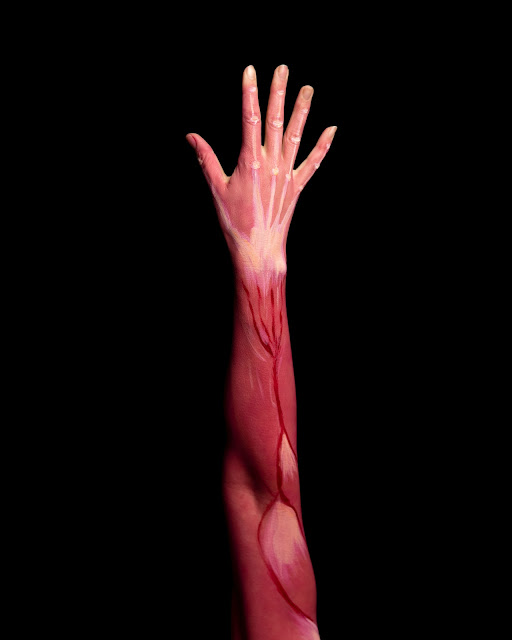"Aberrant regeneration" nghĩa là gì?
Photo by Alexander Jawfox on Unsplash
"Aberrant regeneration" = tái tạo khác thường -> nghĩa là tình trạng các sợi dây thần kinh mọc lại, phục hồi sai hướng, thường xảy ra sau chấn thương dây thần kinh vận động cơ.
Ví dụ
A complete and persistent (dai dẳng) paralysis (chứng liệt), indicating the total interruption (cản trở) of the nerve fibres, suggests that recovery will begin late (after about 3 months): in these cases recovery takes place by nerve regeneration, which may take up to 2 years and be incomplete, leaving as sequelae (dị tật) spasms (co thắt) and contractures of the facial musculature and signs of aberrant regeneration of the nerve fibres (“crocodile tears”, mandibular dysfunction, dyskinesias).
Light-near dissociation (phân ly) in Ross syndrome is caused by aberrant regeneration of fibers to pupils which were originally destined for ciliary (có mao) muscles, as parasympathetic fibers for ciliary muscles greatly outnumber those going to pupillary muscles. Other causes of light-near dissociation include Argyll- Robertson pupil and Parinaud syndrome (hội chứng) (dorsal midbrain syndrome). In these cases, light-near dissociation is due to selective involvement of dorsally located light reflex pathway in the midbrain with sparing of the ventral near-reflex pathway [12].
Functional recovery of the oculomotor nerve (dây thần kinh vận động mắt) after STR is successful in less than 10% of the patients. Since the oculomotor nerve innervates (phân bố dây thần kinh) multiple ocular muscles, the functional result after nerve anastomosis (nối lại) may be limited, and aberrant regeneration may interfere with coordinated binocular movements.
Ngọc Lân
Bài trước: "Pick-and-shovel work" nghĩa là gì?



Post a Comment